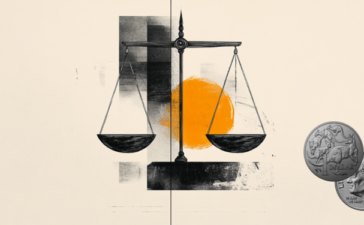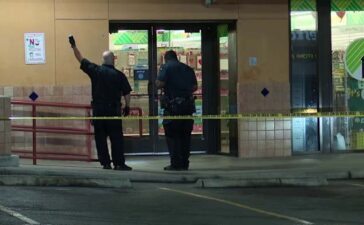- The Canadian Dollar stuck to familiar levels on Monday.
- Data from Canada remains thin throughout the trading week.
- US inflation data will dominate this week, as will trade war headlines.
The Canadian Dollar (CAD) stuck to familiar technical levels on Monday, grinding sideways within a familiar range against the Greenback. Momentum supporting the Loonie has evaporated, leaving the CAD to continue struggling against markets that are splitting the difference between risk-off and risk-on sentiment, leaving USD/CAD strung along the midrange.
Canada is almost entirely absent from the economic data docket this week. Markets will largely be focused on an appearance from Federal Reserve (Fed) Chair Jerome Powell, US Consumer Price Index (CPI) inflation, and US Producer Price Index (PPI) inflation, in that order, beginning on Tuesday and running through the midweek.
Daily digest market movers: Canadian Dollar trudges along familiar groove
- The Canadian Dollar is mostly treading water against the US Dollar, holding tight to recent technical levels.
- Fed Chair Powell’s first Senate testimony since Donald Trump returned to the White House is due on Tuesday.
- US inflation data will be the key prints this week; US Consumer Price Index (CPI) inflation is due on Wednesday, followed by US Producer Price Index (PPI) inflation on Thursday.
- Backdated Canadian Building Permits figures from December are due on Tuesday, and although the figure is forecast to recover from November’s contraction, the figures are exceedingly out of date and of little matter to front-end markets.
- USD/CAD is doomed to continue swirling around a rough lateral channel.
Canadian Dollar price forecast
The Canadian Dollar has slowed down after a tense tumble and bounce from multi-decade lows in recent weeks. USD/CAD surged into the 1.4800 handle for the first time since the early aughts, but the pair’s recovery only dragged bids back into familiar technical levels and no further. The Loonie remains hampered by the 1.4300 handle against the Greenback, a coincidence level that lines up perfectly with a middling 50-day Exponential Moving Average (EMA).
USD/CAD daily chart
Canadian Dollar FAQs
The key factors driving the Canadian Dollar (CAD) are the level of interest rates set by the Bank of Canada (BoC), the price of Oil, Canada’s largest export, the health of its economy, inflation and the Trade Balance, which is the difference between the value of Canada’s exports versus its imports. Other factors include market sentiment – whether investors are taking on more risky assets (risk-on) or seeking safe-havens (risk-off) – with risk-on being CAD-positive. As its largest trading partner, the health of the US economy is also a key factor influencing the Canadian Dollar.
The Bank of Canada (BoC) has a significant influence on the Canadian Dollar by setting the level of interest rates that banks can lend to one another. This influences the level of interest rates for everyone. The main goal of the BoC is to maintain inflation at 1-3% by adjusting interest rates up or down. Relatively higher interest rates tend to be positive for the CAD. The Bank of Canada can also use quantitative easing and tightening to influence credit conditions, with the former CAD-negative and the latter CAD-positive.
The price of Oil is a key factor impacting the value of the Canadian Dollar. Petroleum is Canada’s biggest export, so Oil price tends to have an immediate impact on the CAD value. Generally, if Oil price rises CAD also goes up, as aggregate demand for the currency increases. The opposite is the case if the price of Oil falls. Higher Oil prices also tend to result in a greater likelihood of a positive Trade Balance, which is also supportive of the CAD.
While inflation had always traditionally been thought of as a negative factor for a currency since it lowers the value of money, the opposite has actually been the case in modern times with the relaxation of cross-border capital controls. Higher inflation tends to lead central banks to put up interest rates which attracts more capital inflows from global investors seeking a lucrative place to keep their money. This increases demand for the local currency, which in Canada’s case is the Canadian Dollar.
Macroeconomic data releases gauge the health of the economy and can have an impact on the Canadian Dollar. Indicators such as GDP, Manufacturing and Services PMIs, employment, and consumer sentiment surveys can all influence the direction of the CAD. A strong economy is good for the Canadian Dollar. Not only does it attract more foreign investment but it may encourage the Bank of Canada to put up interest rates, leading to a stronger currency. If economic data is weak, however, the CAD is likely to fall.

















